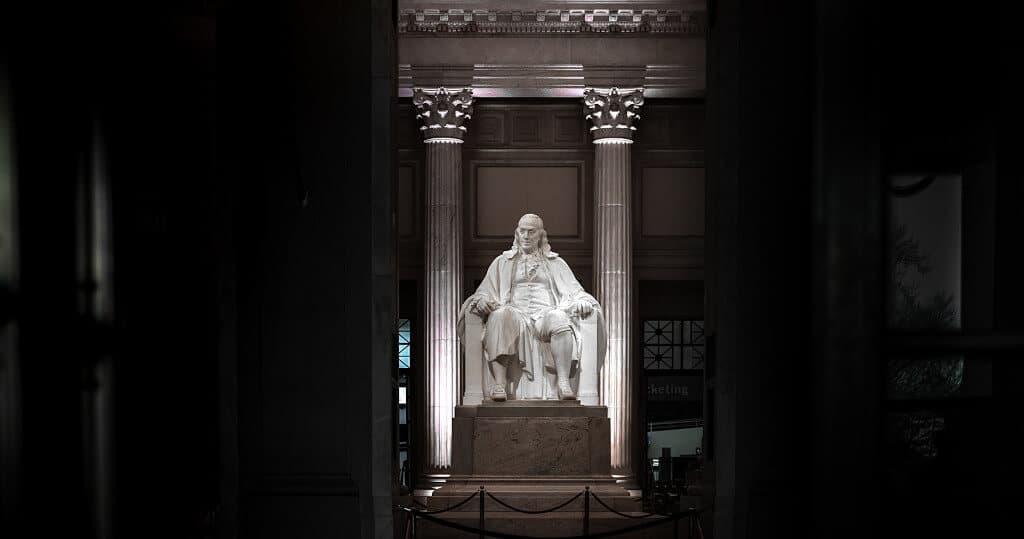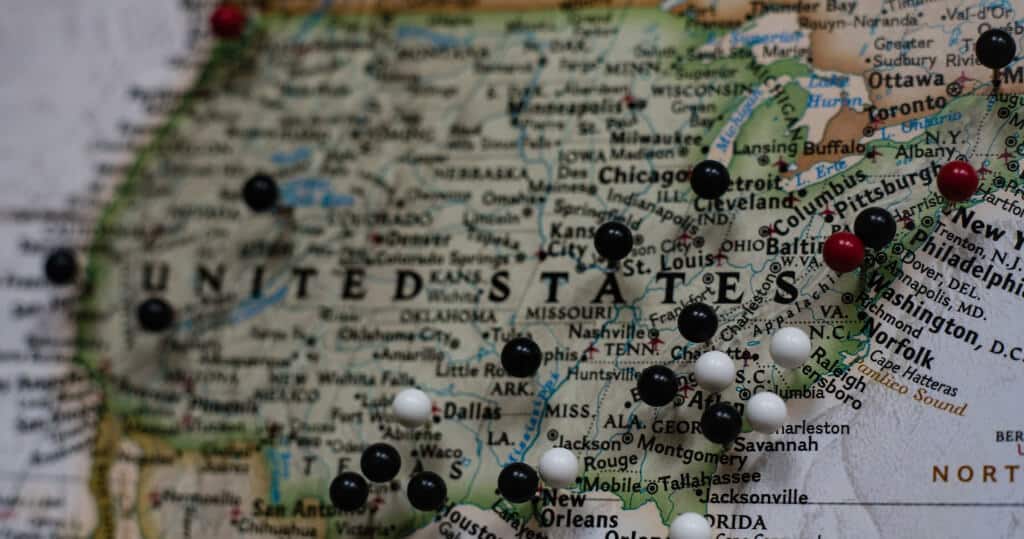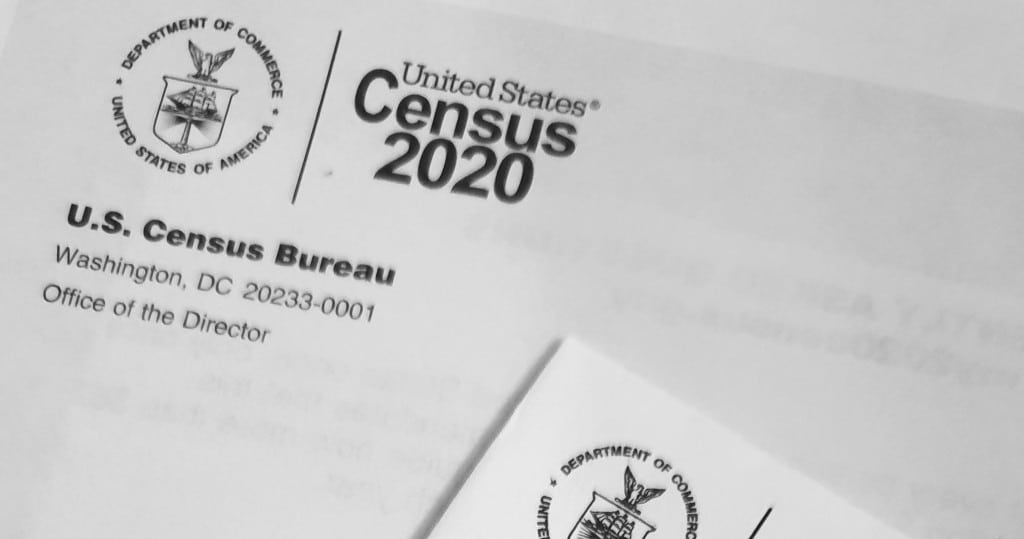Table of Contents
ToggleAt the Constitutional Convention, a vast amount of work went into drafting the United States Constitution. However, different states disagreed on how they would be represented in Congress.
What was the Great Compromise?
The Great Compromise was a solution where both large and small states would be fairly represented by creating two houses of Congress.
In the House of Representatives, each state would be assigned seats in proportion to the size of its population. In the Senate, each state would have two delegates regardless of size.
Read on to find out how the Great Compromise came into being and exactly what it meant.
The Great Compromise and the Constitution
The United States Constitution was created in 1787 to replace America’s first unofficial Constitution, the Articles of Confederation.
Unfortunately, the Articles of Confederation had proven ineffective in guaranteeing a strong national government. This was very apparent in the lack of response to Shays’ Rebellion, an armed protest against the government’s handling of taxes.
The Constitution that continues to govern the country today first came into effect in March of 1789 after its ratification by the required number of states.
Complications of the US Constitution
In 1787, 55 delegates from all 13 states met to draft the document that would eventually become the Constitution.

As one might imagine, these 55 men, who included George Washington, Alexander Hamilton, Benjamin Franklin, and James Madison, all had varying opinions about what the new Constitution should contain and wanted to promote the interests of their states.
There was plenty of debate and what emerged from all this deliberation and discussion was the foundation for the strong Federal Republic. But, of course, there were also a few compromises thrown in to meet the demands of the various delegates.
Constitution Compromises of 1787
There were three significant compromises:
- The Great Compromise, which is also known as Connecticut Compromise
- The Three Fifths Compromise
- The establishment of the Electoral College
In this article, we’ll focus on the Great Compromise of 1787.
The Great Compromise Definition and Explanation
Who proposed the Great Compromise?
The Great Compromise is also referred to as the Connecticut Compromise because it was proposed by Roger Sherman and Oliver Ellsworth, two delegates from Connecticut. Some also call it the Sherman Compromise after Roger Sherman.

The Great Compromise is why our Congress today has two houses:
- The lower chamber is called the House of Representatives.
- The upper chamber is called the Senate.
The Great Compromise and the Representative Republic
All delegates at the Constitutional Convention wanted to create a representative republic.
The question was, how many representatives should be elected from each of the 13 states?
The basic proposal was that states with more people should get more representatives, while states with lower populations would get fewer representatives.

States with higher populations were happy with this arrangement. However, smaller states felt it was unfair and wanted just as much representation as the larger states would have.

Get Smarter on US News, History, and the Constitution
Join the thousands of fellow patriots who rely on our 5-minute newsletter to stay informed on the key events and trends that shaped our nation's past and continue to shape its present.
The Constitutional Convention was on the verge of collapse as this representation issue was not resolved.
What Is the Great Compromise?
The Great Compromise solved the issue of the representation of states by creating two houses. This is called a bicameral legislature.
Delegates only narrowly accepted the proposal.
What Did the Proposal Entail?
The number of representatives each state would get in the House of Representatives would be proportional to that state’s population. The number of members each state could elect to the United States Senate would be two, regardless of the state’s size.

In other words, larger states have more power in the House of Representatives, but the largest and the smallest states have the same power in the Senate.
How Does the Great Compromise Work Today?
As a large state and the most populous in the Union, California has 53 representatives in the House of Representatives. Seven smaller states – Alaska, North Dakota, South Dakota, Montana, Wyoming, Delaware, and Vermont – only have one representative.
With nearly 40 million people, California and Wyoming, with around 580,000, have two seats in the United States Senate. This number is the same in all states, regardless of size.
How Is the Number of Members in the House of Representatives Determined?
The number of members of the House of Representatives that each state gets is determined every 10 years through the census, most recently conducted in 2020.
According to Article 1, every state must have at least one representative, but there can not be more than one representative for every 30,000 people.

The House of Representatives threatened to become too large as the country’s population grew, and every 10 years, Congress would make a law that stipulated the total number of representatives.
Since 1963, the number of representatives has been fixed at 435.
Problems With the Great Compromise in Modern Times
As the population has grown, the power of smaller states has become more and more disproportionate in the Senate. This means that small states can demand more money from the federal government in exchange for voting on specific bills.

The Great Compromise was somewhat similar to the Three Fifths Compromise. This counted 3/5 of enslaved people as part of a state’s population for purposes of the number of congresspeople allowed in the House of Representatives. The similarity is that it sought to satisfy two separate categories of states.
In the case of the Three-Fifths Compromise, it was slaveholding and non-slaveholding states.
The Great Compromise is found in Article I of the Constitution, which describes how the legislative branch functions.
The Great Compromise and the Electoral College
The Great Compromise also affects how the Electoral College works. Each state is assigned Electors based on the number of their House of Representatives and senators combined.
California, for example, has 55 electoral votes because they have 53 representatives and two senators.
Montana (and the other six states mentioned earlier with only one representative) has three electoral votes because they have one representative and two senators.
Presidential Campaigns
The number of representatives that a state has directly affected where presidential candidates choose to campaign in the country. Candidates will focus on states that could vote Republican or Democrat (swing states) and that have a significant electoral count. Florida, with its 29 electoral votes, is a good example.

It is through the legislative branch (Congress) and the executive branch (the President, who the Electoral College elects) that the Great Compromise affects the United States today.
Effects of the Great Compromise
The Great Compromise is why the United States has two chambers in its bicameral legislature: the House of Representatives and the Senate. Collectively, these are referred to as the United States Congress.
Members of the House of Representatives are typically referred to as “Congresspeople” – “Congressman” or “Congresswoman,” depending on gender – while members of the Senate are Senators.
The Great Compromise balances concerns about congressional representation based on population – although larger states have more power in the House of Representatives, all states have the same amount of power in the Senate.
All this ensures that every state is relevant when making laws that apply to the entire country. An example is that California can’t overpower Wyoming because, although they have more Representatives in the House, they each have the same number of senators in the Senate.
The Great Compromise Quiz
If you would like to download a PDF with our quiz, then please go to:
Alternatively, you can take our online quiz here:
The Great Compromise










